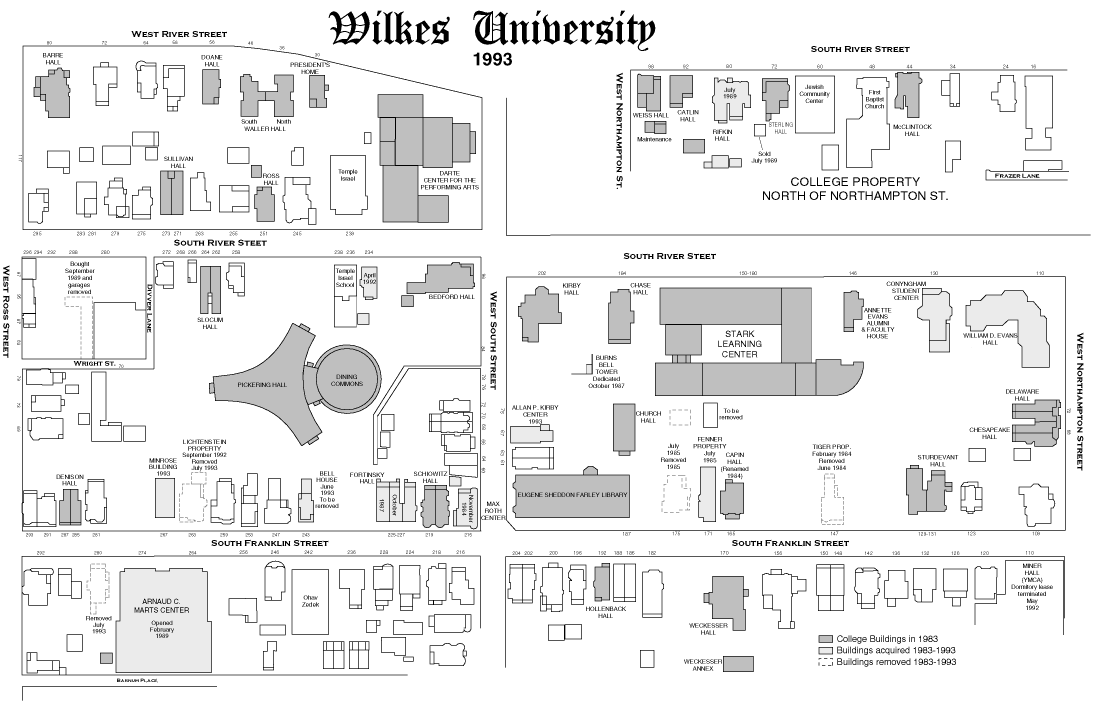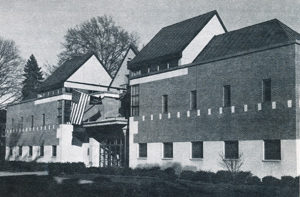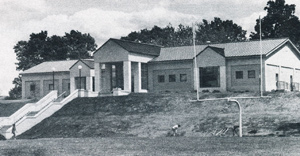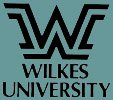
The years of consolidation and uncertainty, which began with Hurricane Agnes external website, continued into the sixth decade now concluding.
While the inflation which peaked around 1980 slowly diminished, problems with a diminishing applicant pool and competition from government-supported institutions brought new challenges to Wilkes. Indeed, the end of inflation was a mixed blessing.
Energy costs continued to rise more than the cost of living, as did the costs of staying abreast of technological change and the efforts to raise the level of salaries which had been eroded during the inflationary years. At the same time, government support, which had been taken for granted in the 1960s and had significantly diminished in the 1970s, declined further in the new decade. While there was some growth in enrollment in the late 1980s, the 1990s began with an enrollment decline.
With financial limitations and fluctuating student numbers the consolidation phase of campus development which had begun after Hurricane Agnes continued.
Now, however, campus changes focused on new issues. During the years of rapid growth,
the College had been preoccupied with the provision of adequate facilities. Now that
the growth period had ended, Wilkes had to concern itself more with the quality of
campus life. 
This was true about the basic amenities of student life. During the decade only one new building was erected. The Wilkes gymnasium had been an economical solution to a major problem when it was opened in 1950. By the 1980s, it had long since become inadequate. It was demolished and a new multi-purpose building, the Marts Center, was erected on the site. Incorporating meeting facilities, a large student recreation center, and a gymnasium roughly twice the size of its predecessor, it opened in February 1989.
While technically not a new building, an athletic field house was built at Ralston
Field in Edwardsville. 
A maturing campus also had to consider other aspects of image and function. Function included restructuring the College into three schools, and approval of university status by the Commonwealth of Pennsylvania. Wilkes College became Wilkes University in December 1989.
While the southwest quadrant had been fertile soil in which to plant a college, the opportunistic growth pattern had left Wilkes without a clear image. While campus plans began emerging in the 1960s, Wilkes was distracted from their completion. It was not until the post-flood period that the campus began to take on more of the character of a college campus and less of a college coexisting in an aging urban residential neighborhood.
During the early part of the decade, campus changes continued along the pattern of the 1970s. Following the sale of Parrish Hall, the block between Northampton and South streets had become the undisputed center of the instructional campus. Two of the seven private homes remaining in this block were acquired and removed in 1984 and 1985. The Fenner home was donated with continuing right of occupancy by the owner. The first step towards providing a unique identity for the block came with the dedication of the Burns Bell Tower in October 1987.

At the end of the decade the new University began a new construction program concentrating on a more functional campus rather than on unplanned growth. The decision to establish a Pharmacy program required facilities changes which have evolved into the redesign of the campus. The plan provided for a new academic building on Franklin Street between Capin and Sturdevant halls. A 900-foot greenway running through the center of the block became the symbolic center of the campus.
The changes began with renewed purchases in 1992 and 1993. The Minrose, Lichtenstein, and Bell properties on Franklin Street were purchased. Minrose has been renovated as a new student services building, including the finance and registrar's offices. The Lichtenstein and Bell buildings will be removed.
On the central campus, the home at 67 South Street was acquired in 1993 and, through the generosity of Allan P. Kirby, Jr., renovated as the Allan P. Kirby Center for Free Enterprise and Entrepreneurship. Fifty-seven years after the acquisition of Conyngham and Chase halls, only two private buildings remain in the original block.
The changes will challenge the ingenuity of the University. The River mansions above and below the main campus remain as a reminder of the anthracite era. The renovation of buildings such as the Kirby Center and Capin Hall, and the continued restoration of Kirby Hall, point to the continued effort of Wilkes to reconcile the inherent conflicts between history and function.